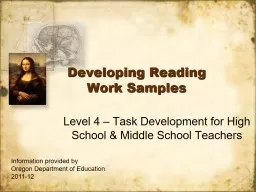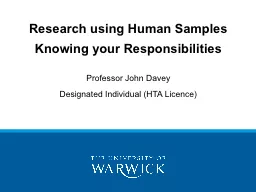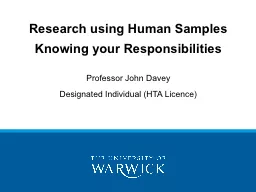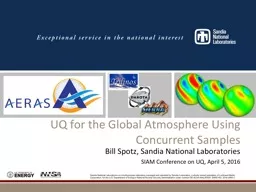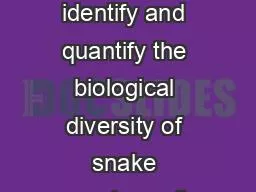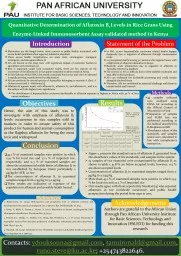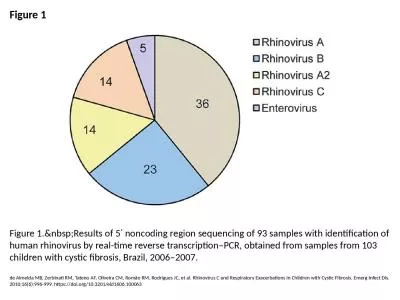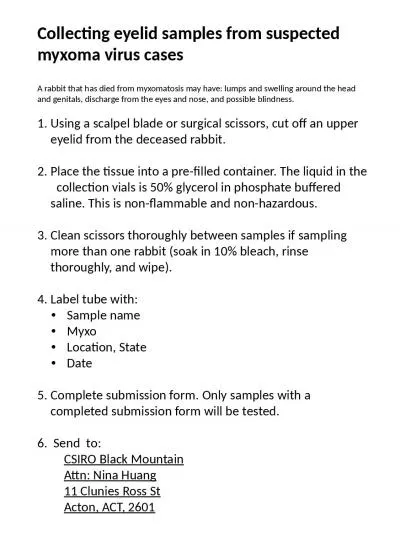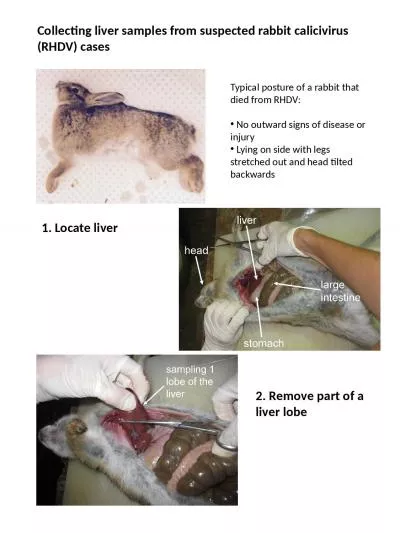PPT-Developing Reading Work Samples
Author : tatyana-admore | Published Date : 2018-03-15
Level 4 Task Development for High School amp Middle School Teachers Information provided by Oregon Department of Education 201112 Goals Participants will Know how
Presentation Embed Code
Download Presentation
Download Presentation The PPT/PDF document "Developing Reading Work Samples" is the property of its rightful owner. Permission is granted to download and print the materials on this website for personal, non-commercial use only, and to display it on your personal computer provided you do not modify the materials and that you retain all copyright notices contained in the materials. By downloading content from our website, you accept the terms of this agreement.
Developing Reading Work Samples: Transcript
Download Rules Of Document
"Developing Reading Work Samples"The content belongs to its owner. You may download and print it for personal use, without modification, and keep all copyright notices. By downloading, you agree to these terms.
Related Documents

